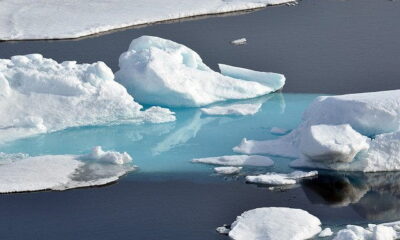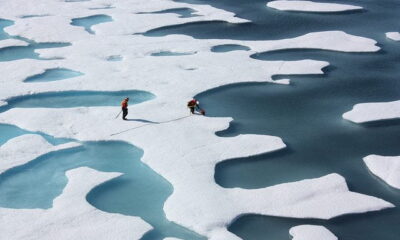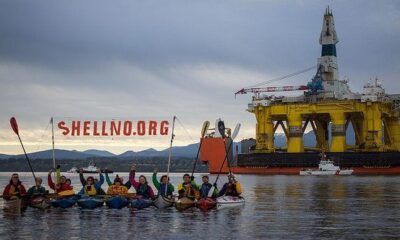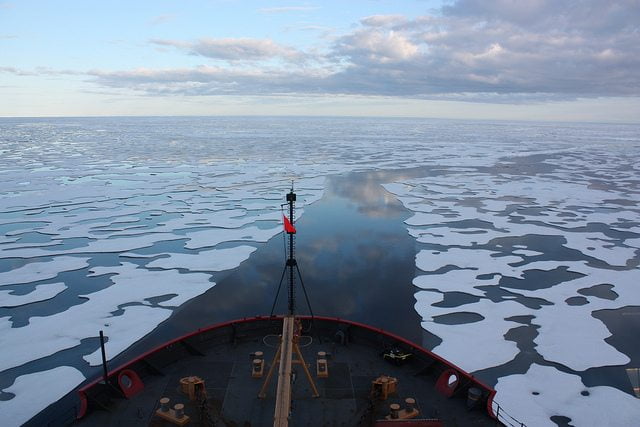
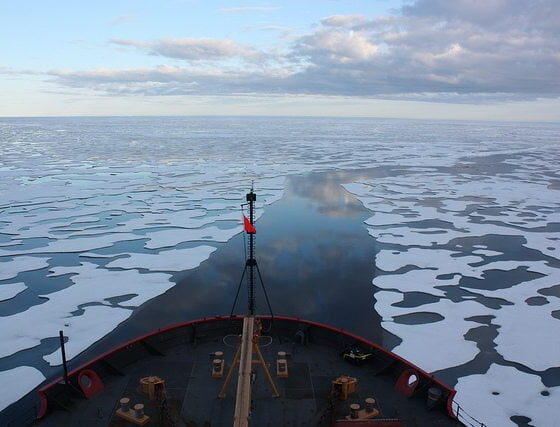
Energy
Scientists alarmed by ‘seismic blasting’ by oil industry in the Arctic Ocean
Firing seismic airguns to find new oil reserves in the Arctic Ocean is ‘alarming’ and could seriously injure whales and other marine life, according to a new scientific review. The oil industry is increasingly looking towards the region as climate change melts large areas of Arctic sea ice.
A Norwegian company operating off east Greenland recently began firing airguns that emit 259 decibel blasts towards the seabed in order to find possible oil reservoirs. Above water, this sound intensity would be perceived by humans as approximately eight times louder than a jet engine taking off.
Report author Dr Oliver Boisseau, a senior research scientist at Marine Conservation Research said: ”It is clear that noise from seismic activity has an impact on whales as it can damage their hearing, ability to communicate and also displace animals, affecting diving behavior, feeding and migration patterns. There are increasing indications that this could cause serious injury, and may also disrupt reproductive success and increase the risk of strandings and ice entrapments,”
Global oil companies including BP, Chevron and Royal Dutch Shell all own drilling rights in the Greenland Sea and are the likely customers for the data uncovered by the seismic testing company – TGS Nopec.
A Greenpeace ship is currently on its way to the area to document the seismic testing fleet, which plans to complete 7,000km of ‘survey lines’ of the seabed in the high Arctic, between 75 and 80 degrees north.
Arctic campaigner Sune Scheller onboard Greenpeace ship Arctic Sunrise said: “Seismic blasting in icy waters is just one of the horrific practices the oil industry is doing in the Arctic, firing airguns into this important and beautiful ocean. Shell and other oil companies are hoping the world won’t know that seismic blasting exist, even less notice the danger it poses to endangered whales and other marine life, but we’re here to expose this madness and keep eyes and ears on a harmful operation.”
The seismic operation will take place adjacent to ‘closed areas’ and overlaps with ‘areas of concern’ appointed by the Greenlandic authorities, designated for the protection of narwhal, walrus and a critically endangered population of bowhead whales.
Boisseau continued: ”It is alarming to consider the vast amount of seismic activity being planned and conducted in the High Arctic, given the fragile nature of the ecosystem and the potential for disturbance and harm to whales. It seems justified to urge for extreme caution given both the lack of data and the limited understanding of the short and long term impact of seismic noise on sensitive Arctic species, especially the narwhal,”.

Continue Reading
